
General Prayuth Chan-ocha
said want to make of the south of Thailand a cultural center for Islam. (Photo: AA)" width="300" height="204" /> General Prayuth Chan-ocha said want to make of the south of Thailand a cultural center for Islam. (Photo: AA)Bangkok, 2 Rajab 1436/21 April 2015 (MINA) – Thailand’s junta chief-cum-prime minister has expressed concerns about the wearing of the hijab in the insurgency-plagued Muslim south, saying a respect for culture and religion must be complemented with security considerations, according to local media Tuesday.
“We want to make of the south of Thailand a cultural center for Islam and let the [Muslim] people there express openly their identity,” General Prayuth Chan-ocha said Monday.
“But at the same time, there were instances where men disguised themselves as women, using the ‘hijab’ which caused security problems and victims,” he added. “So you have to understand.”
Chan-ocha’s comments came in response to a recent decision by a Bangkok government school to ban the wearing of headscarves for 17 Muslim students.
Also Read: Pakistan, Afghanistan Agree to 48-Hour Border Ceasefire after Deadly Clashes
Chan-ocha said he had asked the Ministry of Education to find a solution to the case — without specifying whether or not he agreed with the ban.
The school director has justified the ban by referring to an education ministry regulation that allegedly prohibits headscarves in schools located within the compounds of Buddhist temples — as is common among Thai government schools.
However, the director-general of the ministry’s Department of Religion, Sod Daengkiat, told The Nation that there is no such regulation.
Meanwhile, the deputy-director of the department of religious studies at Bangkok-based Chulalongkorn University explained to the Matichon news website Monday that “protecting their bodies from the view of others” is a “fundamental requirement of Islam” for Muslim women.
Also Read: Afghan FM: Afghanistan Has Good Relations with All Neighbors, Except One
Sarawut Ari added that the government should seek advice from religious experts and the Chularajamontri, the country’s King-appointed Islamic leader, concerning garments that leave only the wearer’s eyes visible.
The three southernmost Thai provinces of Yala, Pattani and Nathatiwat — where 80 percent of the population is Muslim and 20 percent Buddhist — have been plagued by a separatist insurgency since the 1960s.
The area was an independent Islamic sultanate with great religious influence in the Southeast Asian Muslim world until its incorporation into Siam after a 1909 Anglo-Siamese agreement.
The government tried to impose Thai culture on the Malay Muslims, who sought political and cultural autonomy.
Also Read: Indonesian Citizens Build Indonesian Mosque in Chiba, Japan
In the 1960s, when the Thai military regime tried to wrest control of Islamic schools, several Muslim groups launched a guerrilla war against the state.
The insurgency petered out towards the end of the 1980s but was renewed in January 2004 when a wave of attacks against the military, police and Buddhist monks rocked the region.
Since then, violence has continued unabated, leaving more than 6,000 dead and around 11,000 injured. (T/P001/R03)
Mi’raj Islamic News Agency (MINA)
Also Read: Afghan, Pakistani Armies Exchange Heavy Fire Along Border
Also Read: Malaysian PM Condemns Israel’s Detention of Gaza Humanitarian Activists





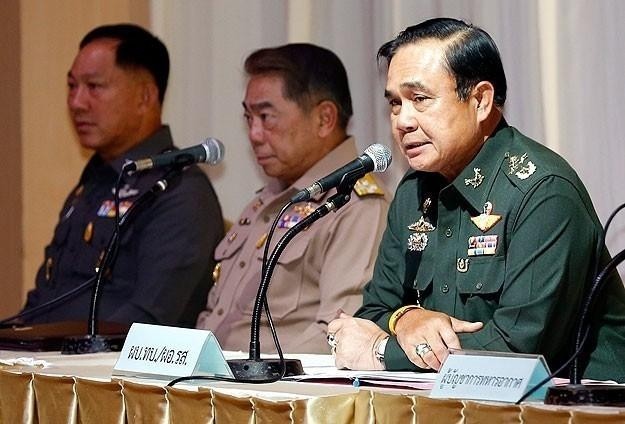

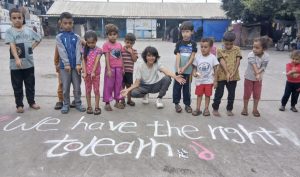
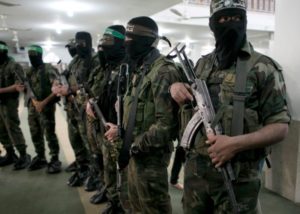
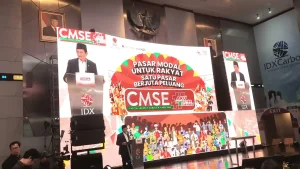
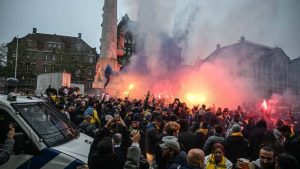
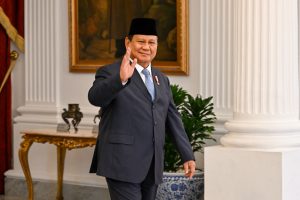


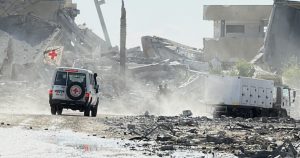
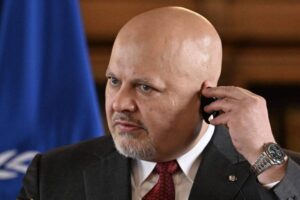
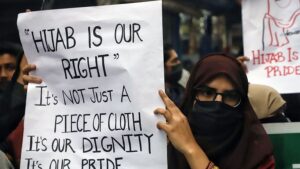
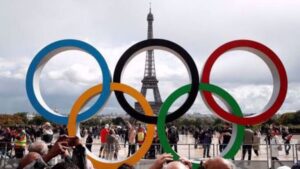
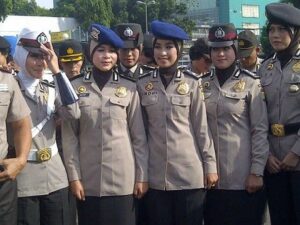
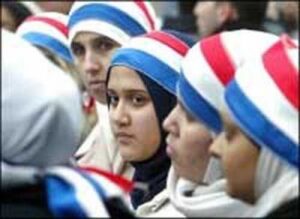




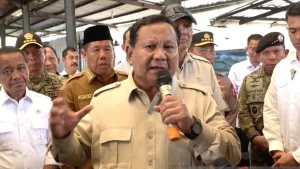
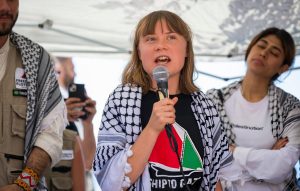
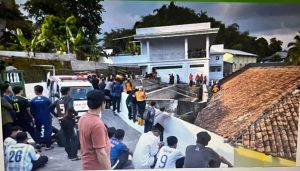
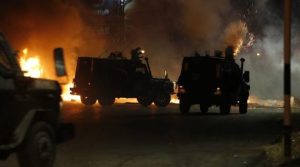
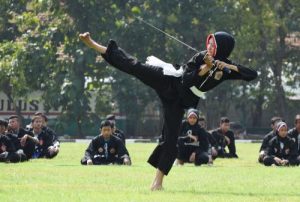
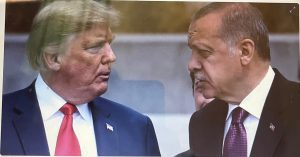



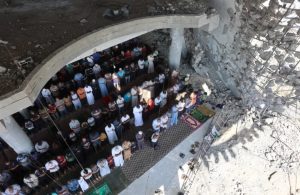



 Mina Indonesia
Mina Indonesia Mina Arabic
Mina Arabic